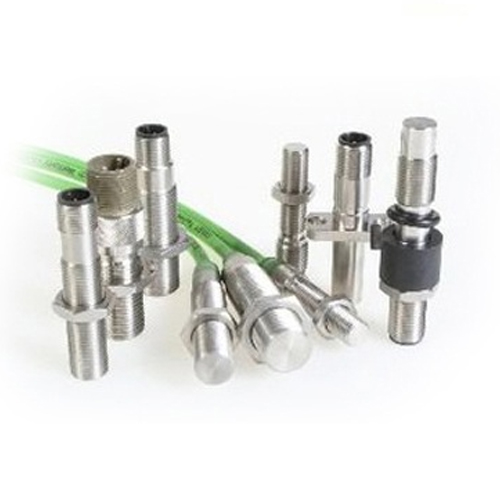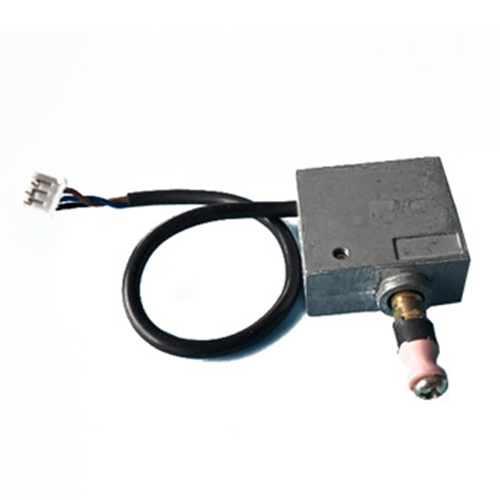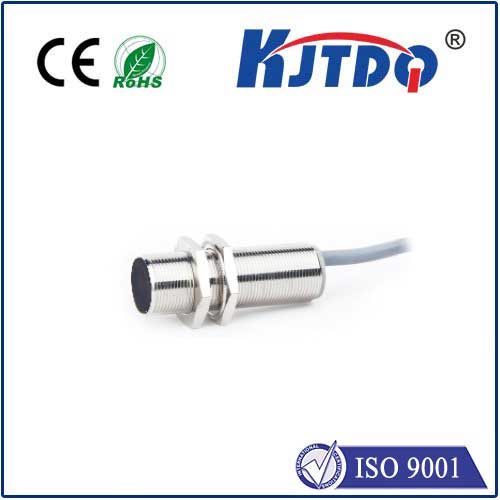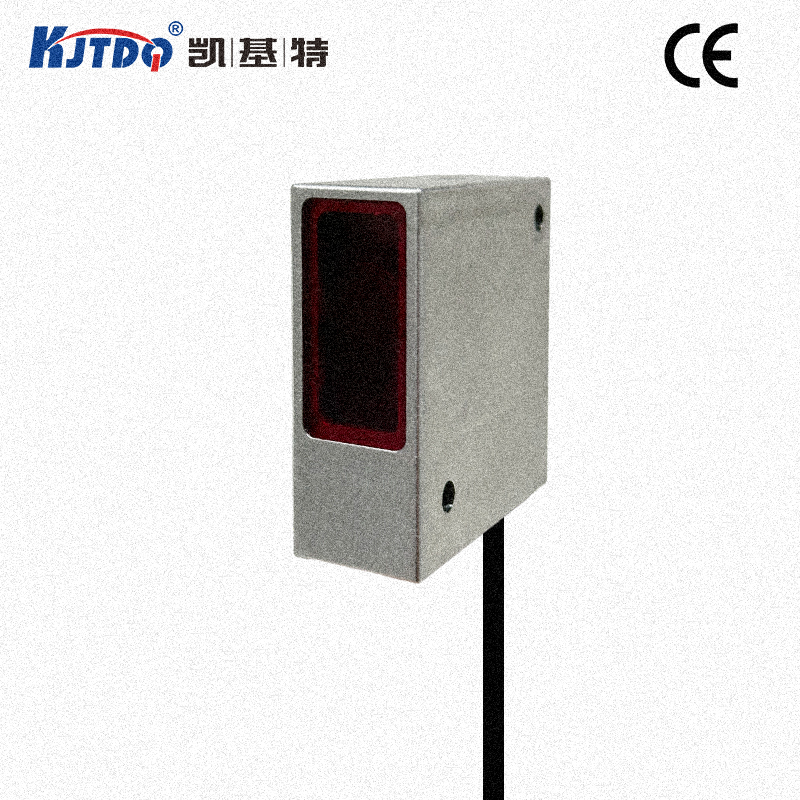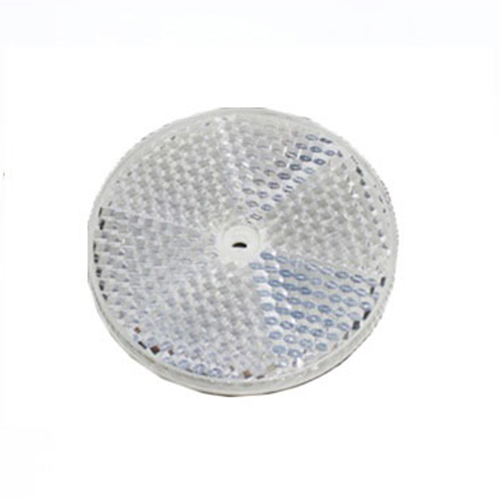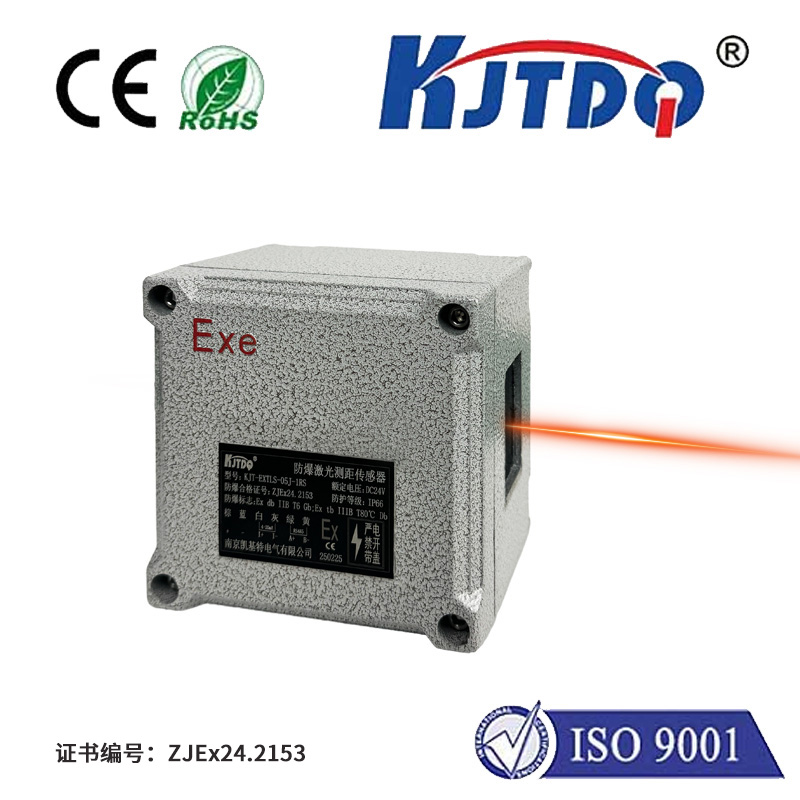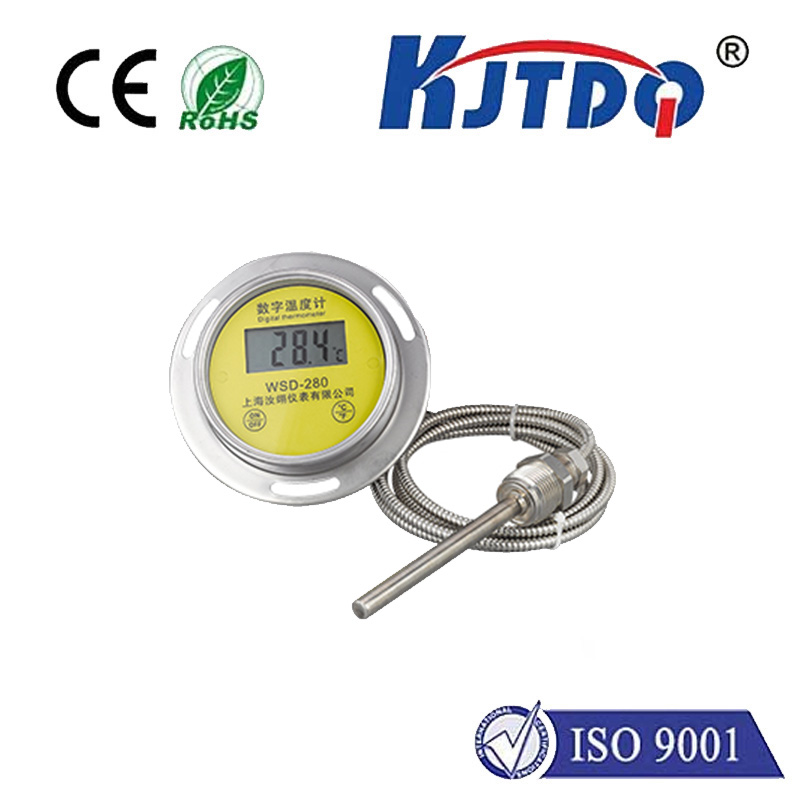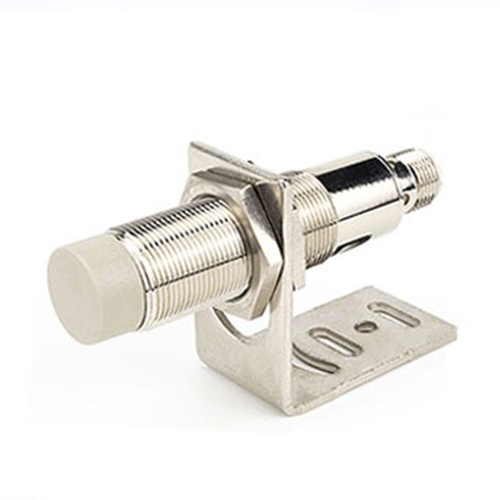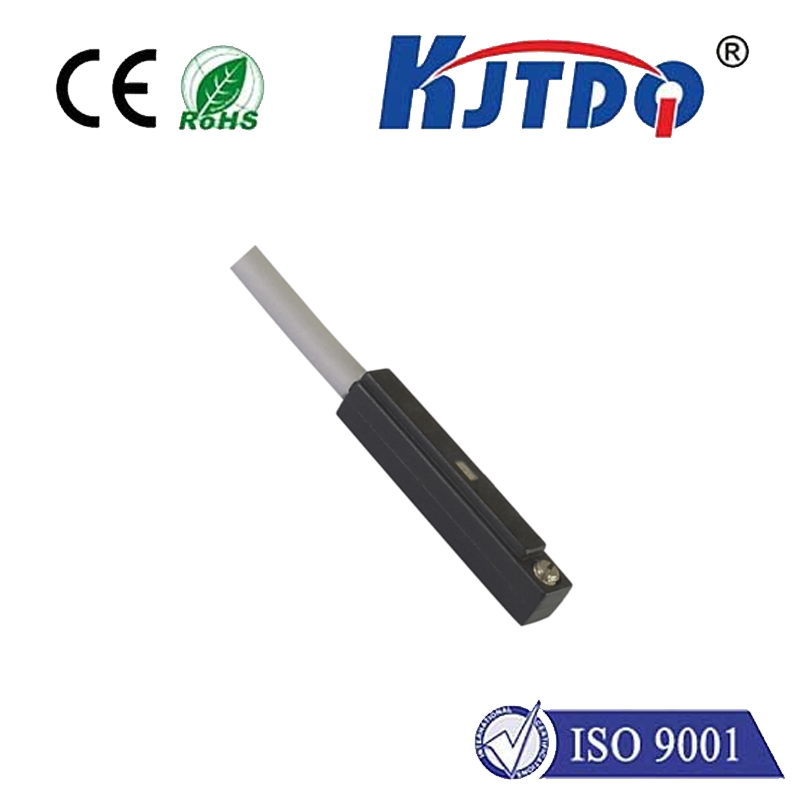

check

check

check

check
Imagine a robotic arm flawlessly assembling delicate electronics, effortlessly detecting the presence of a tiny component without ever touching it. Picture a high-speed packaging line where products whiz by, their exact position instantly and reliably confirmed. Envision complex machinery operating with unwavering safety, halting movement the instant a guard is breached. These feats of modern automation often hinge on a remarkably compact yet powerful component: the 5mm proximity sensor.
This specific sensing distance – precisely 5mm – represents a crucial sweet spot in the vast world of industrial automation and electronic design. It signifies a sensor designed for close-quarters detection, excelling in applications where space is limited, precision is paramount, and non-contact operation is non-negotiable. But what exactly is a 5mm proximity sensor, and why has this specific range become so prevalent?
Demystifying the 5mm Detection Range
At its core, a 5mm proximity sensor is an electronic device engineered to detect the presence or absence of a target object without physical contact, activating its output signal when an object enters its defined sensing field, typically calibrated to 5mm from its active face. This non-contact principle eliminates wear and tear, ensures consistent operation over millions of cycles, and allows detection of objects that might be fragile, hot, oily, or otherwise unsuitable for tactile switches.
The “5mm” specification refers explicitly to the nominal sensing distance (Sn). This is the standardized, theoretical distance at which the sensor is guaranteed to detect a standard target under ideal conditions. In real-world applications, factors like target material, size, shape, temperature, and electrical noise can cause slight variations in the actual operating distance. Therefore, mounting tolerance is critical; sensors are usually installed slightly closer (e.g., 70-80% of Sn) than their nominal range to guarantee reliable detection despite environmental fluctuations.
Key Sensing Technologies Behind the 5mm Magic
Several technologies achieve non-contact detection at the 5mm range, each with distinct strengths:

For the critical 5mm detection tasks prevalent in automation, inductive proximity sensors are overwhelmingly the go-to choice, prized for their ruggedness, reliability, and immunity to harsh environments when detecting metal targets.
Why 5mm? The Crucial Advantages
The specific 5mm sensing distance isn’t arbitrary; it hits a critical operational sweet spot:
Key Specifications of Typical 5mm Proximity Sensors (Inductive)
Specification Typical Value/Range Importance
Nominal Sensing Distance (Sn) 5mm Standardized reference detection distance.
Target Material Steel (Fe360), Aluminum, Brass, etc. Determines actual sensing distance.
Reduction Factor ~0.45 for Stainless Steel, ~0.3 for Aluminum Factor to apply for non-iron targets (Actual distance = Sn * Factor).
Operating Voltage 10-30V DC (Common), 20-250V AC Must match control system power.
Output Type NPN/PNP NO/NC (DC), 2-wire AC/DC Determines wiring compatibility.
Housing Material Nickel-plated Brass, Stainless Steel Durability and chemical resistance.
IP Rating IP67, IP68 (Common) Protection against dust, water, oils.
Switching Frequency 100 Hz - 5 kHz+ Speed for high-cycle applications.
Where 5mm Proximity Sensors Shine: Core Applications
The unique blend of compact size, reliable close-range detection, and ruggedness makes the 5mm inductive proximity sensor indispensable across numerous industries:
